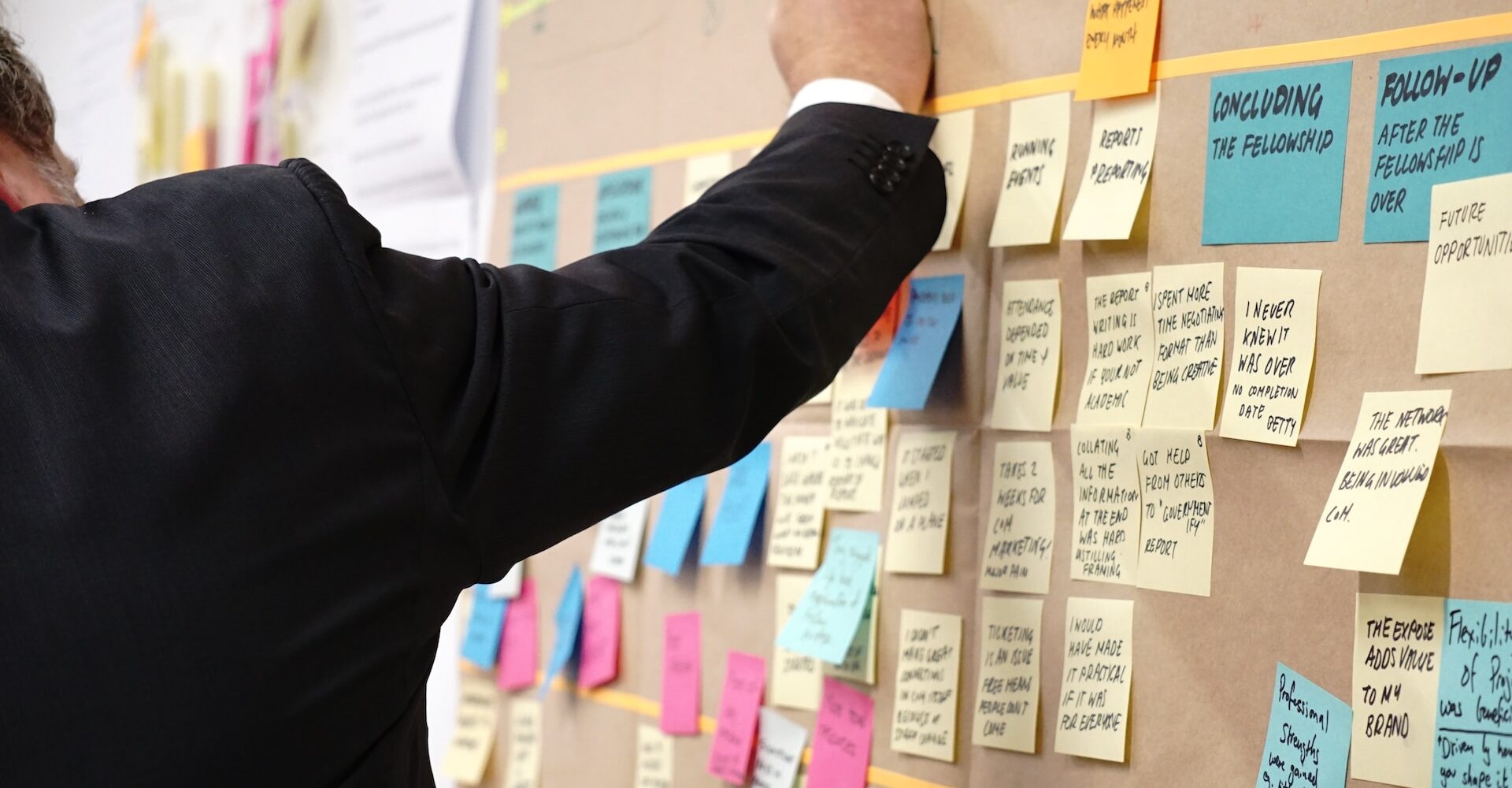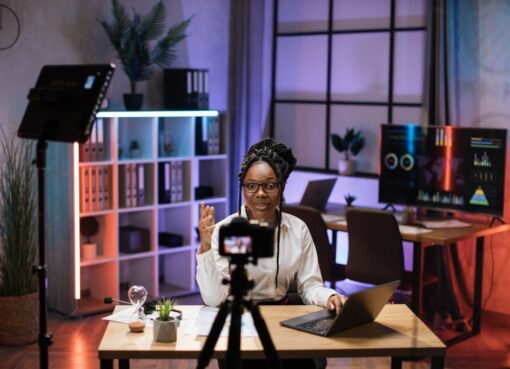Monitoring and Evaluation (M&E) has become synonymous with project management. For good reason. M&E offers critical insights into the effectiveness and impact of various initiatives, thereby providing decision-makers with key reference points. While we might be familiar with what M&E is, M&E tools are the unseen kings of successful project analysis and decision-making. These tools range from data collection instruments like surveys and interviews to sophisticated software for data analysis and visualization. Before we can dive into some of these tools, we must first understand what M&E is.
Contents
- 1 Understanding M&E
- 2 M&E Tools for Professionals
- 2.1 1. Logical Framework Approach (LFA)
- 2.2 2. Theory of Change (ToC)
- 2.3 3. Key Performance Indicators (KPIs)
- 2.4 4. Mobile Data Collection Tools
- 2.5 5. Microsoft Excel and Google Sheets
- 2.6 6. Data Analysis and Visualization Software
- 2.7 7. Geographic Information Systems (GIS)
- 2.8 8. Project Management Software
- 3 Key Take-Aways
- 4 Supercharge Your M&E Capabilities with IRES
Understanding M&E
Monitoring and Evaluation (M&E) is a systematic and ongoing process designed to track and assess the progress, efficiency, and impact of projects, programs, or policies. It involves the collection, analysis, and interpretation of data to inform decision-making. M&E serves as a valuable management tool, providing stakeholders with real-time insights into the performance of their activities. This is where the various M&E tools come into play. As an integral part of the project life cycle, M&E tools not only facilitate accountability but also enhance the ability to adapt evidence-based strategies. So, what are some of these tools professionals can harness?
Read Also: What is Monitoring and Evaluation
M&E Tools for Professionals
1. Logical Framework Approach (LFA)
LFA helps in designing a clear, logical structure for projects by identifying key components such as inputs, outputs, outcomes, and impact. It often includes a matrix (Logframe) that visually represents this structure. Therefore, it’s widely used in the development of project proposals and grant applications. As a M&E tool, it provides a clear roadmap for project implementation and evaluation. Consequently, training programs on Logical Framework Approach can help professionals develop skills to visually present projects and outcomes to stakeholders. Ultimately, these skills would place them in a better position to secure donor funds for projects.
2. Theory of Change (ToC)
ToC is a comprehensive description of how and why a desired change is expected to happen in a specific context. It focuses on mapping out the causal linkages in an initiative. Therefore, ToC is essential for programs focused on long-term impact, where the pathway to achieving outcomes is complex. However, you must be adequately skilled to effectively harness ToC for positive outcomes. To that end, upskilling would help you bridge any skills gaps that you might have.
3. Key Performance Indicators (KPIs)
KPIs are measurable values that demonstrate how effectively a project is achieving key objectives. They are used to track progress and measure efficiency. It’s useful across all projects for performance tracking, reporting to stakeholders, and guiding decision-making.
4. Mobile Data Collection Tools
Mobile data collection tools enable efficient data collection in the field, often with offline capabilities. These data can include geographic and spatial information and photo capture. They are extremely useful in remote or hard-to-reach areas for field surveys, assessments, and real-time data collection. Moreover, they can also act as feedback tools, helping you collect and analyze feedback from various stakeholders. They’re critical for projects that require regular feedback to adapt and improve initiatives, such as community development programs. Consequently, they help with corrective adjustments, which is the cornerstone of any successful initiative.
Read Also: How Mobile Data Collection Revolutionizes Healthcare
5. Microsoft Excel and Google Sheets
These tools provide functionalities for data entry, storage, basic analysis, and chart creation. They are flexible, user-friendly, and are familiar to most people. Therefore, they are ideal for communicating project outcomes to diverse stakeholders. These spreadsheet platforms are widely used for budget tracking, reporting, and in creating simple dashboards.
Read Also: Why Excel is Important for Monitoring and Evaluation
6. Data Analysis and Visualization Software
While simple data analysis can be done by tools like Excel, it’s not effective for more advanced data analysis requirements. However, to effectively conduct M&E, you need to be skilled in advanced data analysis tools like Tableau. These M&E tools offer advanced capabilities like hypothesis testing, regression analysis, and predictive modeling. Consequently, data analysis is important in complex projects where deep data analysis is required. These projects are usually but not limited to impact evaluations.
Now, data on its own doesn’t help much. You’d still need to communicate this data to stakeholders in an aesthetically pleasing way. To that end, data visualization tools help create interactive and complex charts, maps, and dashboards that can help in making data-driven decisions.
7. Geographic Information Systems (GIS)
Geographic Information Systems (GIS) are technologies that capture geographic and spatial information. Therefore, it allows for the visualization, analysis, and interpretation of data linked to locations. To that end, it’s crucial for projects where geographic or spatial data is key. This can include environmental projects or infrastructure development projects. While GIS systems are important to M&E, they’re technical and require proficiency in their operations. It’s therefore crucial that you upskill to fully harness their capabilities.
8. Project Management Software
Project management software facilitates task management, scheduling, resource allocation, and collaboration among team members. They include software like Asana and Trello. They are Ideal for managing the M&E process itself, keeping track of deadlines, and coordinating team activities. Moreover, when they are integrated with Customer Relationship Management (CRM) systems, they help manage interactions with stakeholders. Consequently, when you upskill, you develop the requisite project management skills to manage competing stakeholder interests that are common in development projects.
Read Also: Why You Need M&E in the Workplace
Key Take-Aways
For beginners, the world of M&E can seem overwhelming, but it possesses diverse tools and techniques that, when mastered, can significantly enhance the effectiveness and impact of any project or program. This guide provides a starting point for understanding the variety of M&E tools available. As you gain experience, continually exploring and learning more advanced tools and techniques will become crucial in your journey as an effective M&E professional. Remember, effective M&E is a blend of the right tools, clear objectives, and a continuous learning mindset.
Supercharge Your M&E Capabilities with IRES
Indepth Research Institute (IRES) empowers professionals like you to initiate successful M&E systems through our comprehensive corporate training and upskilling programs. Our training programs are meticulously designed to help you bridge the skills gap between traditional monitoring processes and the data-oriented evaluations of projects today. Contact us today to learn more and start your journey with IRES.
I’m a passionate communications professional with a flair for crafting compelling brand stories and driving impactful communications and marketing campaigns. With a background in public relations (PR) and marketing, I help shape narratives in today’s fast-paced digital landscape.










Comment here